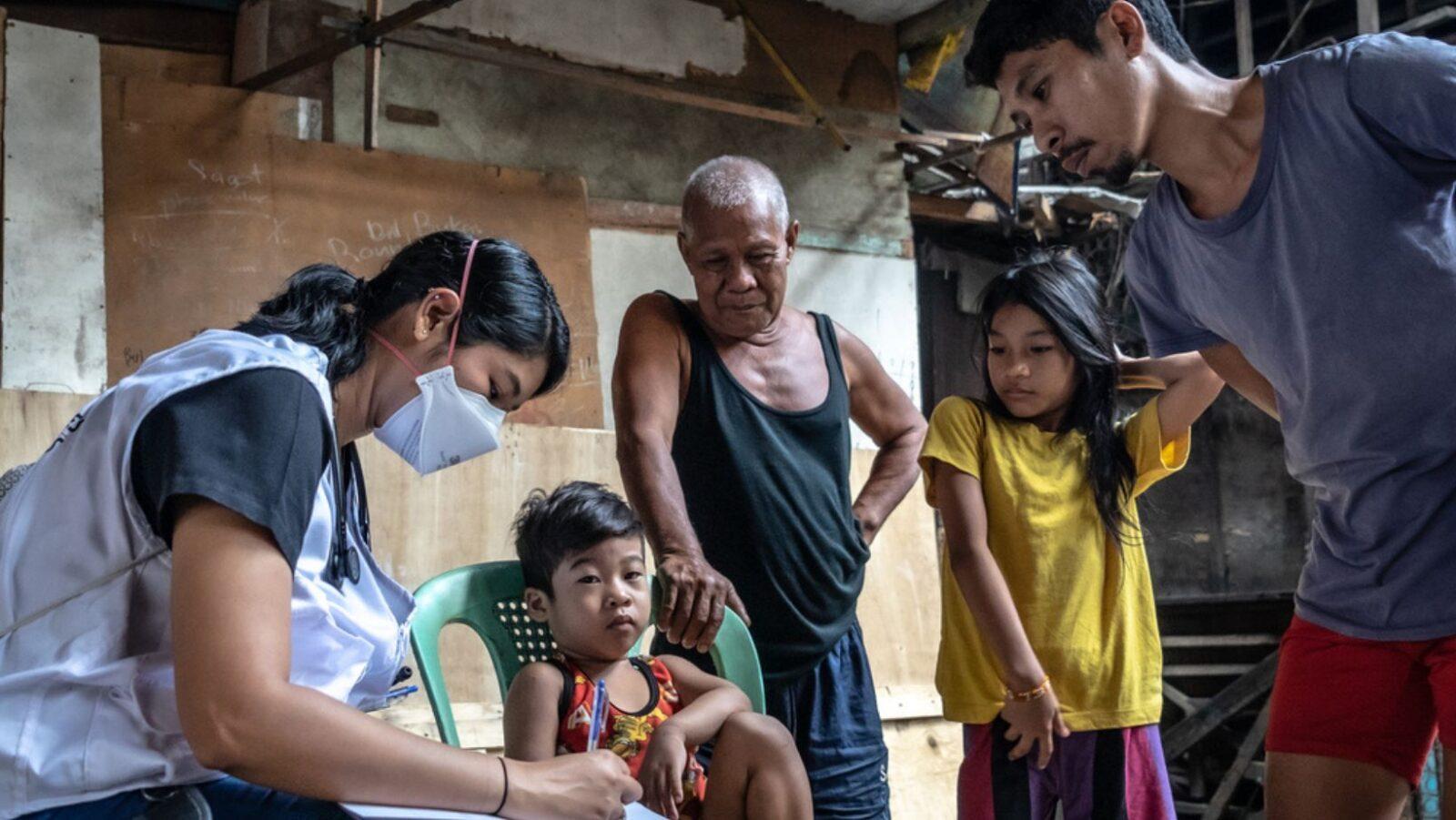
One of the Sustainable Development Goals created by the United Nations is to “end hunger, achieve food security and improved nutrition, and promote sustainable agriculture.” Aquaculture, the practice of farming aquatic animals and plants such as fish and seaweed, plays a critical role in achieving food security. The Philippines and the entire Indo-Pacific region are home to various fish species with significant aquaculture potential and increased seafood consumption, therefore requiring genetic monitoring to ensure their populations’ long-term stability.
Recognizing the need to develop sustainable management approaches for the country’s emerging aquaculture species, biologists from the University of the Philippines – Diliman College of Science (UPD-CS) continued monitoring and conservation efforts for these fish species by generating their microsatellite markers.
Shenna Kate Torres, Verinna Charisse Mangonon, and Maria Theresa Tengco of the UPD-CS Institute of Biology (IB), and project leader Dr. Brian Santos of both IB and the Natural Sciences Research Institute (NSRI), developed microsatellite markers for Caranx ignobilis, locally known as maliputo or talakitok in some parts of the country.
Genetic monitoring of maliputo
The biologists chose maliputo for their study due to its high value as seafood. According to researchers from the Department of Agriculture-National Fisheries Research and Development Institute (DA-NFRDI), the species’ relatively large body size and excellent meat quality have high market value, contributing significantly to the Philippines’ economic growth. Being a high-value species, maliputo has been cultured in captivity through the initiatives of the DA-NFRDI, via the Freshwater Fisheries Research and Development Center. “As it became a target fish, studying its biology is important to prevent overexploitation and to ensure sustainable aquaculture practices,” Torres added.
A microsatellite is a short segment of DNA that repeats multiple times in a row at a specific genomic location, as defined by the National Human Genome Research Institute. “Molecular markers, like microsatellites, act as tools to identify which populations are adapting well to their environment and to determine how different groups are related to each other,” explained Torres.
The research results can enhance the aquaculture production of maliputo in the Philippines. “If we want to expand aquaculture practices for this species, genetic diversity studies can pinpoint seed stock populations or breeders with high genetic variation, or what we can call fit breeders,” Torres explained. “By selecting these diverse and fit breeders, we can enhance the resilience and growth rates of the farmed fish populations.” Maintaining a healthy fish population can also reduce environmental impact and lead to cost savings.
Apart from enhancing the aquaculture production of maliputo, the microsatellite markers can be used to analyze the population structure of the fish species, which can help infer whether distinct populations of maliputo exist in the Philippines. Knowing the population structure provides a basis for management strategies to conserve and sustainably manage the fish population.
Microsatellites for maliputo management
The team of biologists aims to utilize microsatellites and other genetic markers to analyze wild and hatchery-grown populations of maliputo across the Philippines. Torres is also examining the genetic differences between marine and freshwater populations of maliputo. By understanding the genetics of maliputo populations and their environmental adaptations, Filipinos can develop better strategies for sustainable production and genetic marker-assisted breeding.
Their paper, “Development and Characterization of 12 Microsatellite Markers for an Economically Important Fish, Caranx ignobilis, in the Philippines,” was published in GENAQUA, a journal featuring research in the genetics and molecular biology on aquatic organisms.—Eunice Jean Patron (Press release from UPD-CS Science Communications)/MF
References:
- Mutia, M. T. M., Muyot, M. C., Balunan, R. L., Muyot, F. B. (2020a). Value chain analysis of maliputo, Caranx ignobilis in the Philippines. The Philippine Journal of Fisheries, 27, 137-136. https://doi.org/10.31398/tpjf/
27.2.2018A0003 - Mutia, M. T. M., Muyot, F. B., Magistrado, M. L., Muyot, M. C., & Baral, J. L. (2020b). Induced spawning of giant trevally, Caranx ignobilis (Forsskål, 1775) using human chorionic gonadotropin (hCG) and luteinising hormone releasing hormone analogue (LHRHa). Asian Fisheries Society, 33, 118-127. https://doi.org/10.33997/j.
afs.2020.33.2.004 - Morris, S. (2024, May 29). Microsatellite. National Human Genome Research Institute. https://www.genome.gov/
genetics-glossary/ Microsatellite - Torres, S. K. M., Mangonon, V. C. B., Tengco, M. T. T., Santos, B. S. (2024). Development and Characterization of 12 Microsatellite Markers for an Economically Important Fish, Caranx ignobilis, in the Philippines, 8(1), GA717. https://doi.org/10.4194/GA717
- United Nations. (n.d.). Goal 2: Zero hunger. United Nations Sustainable Development. Retrieved May 30, 2024, from https://sdgs.un.org/goals/
goal2









